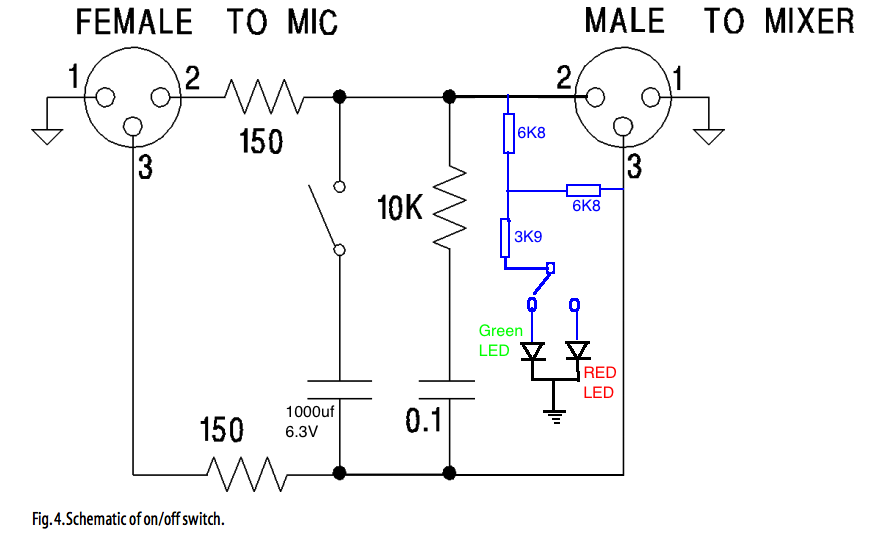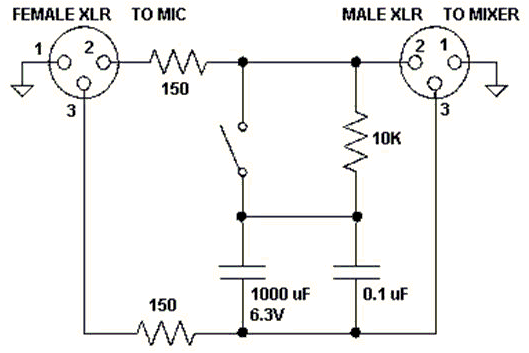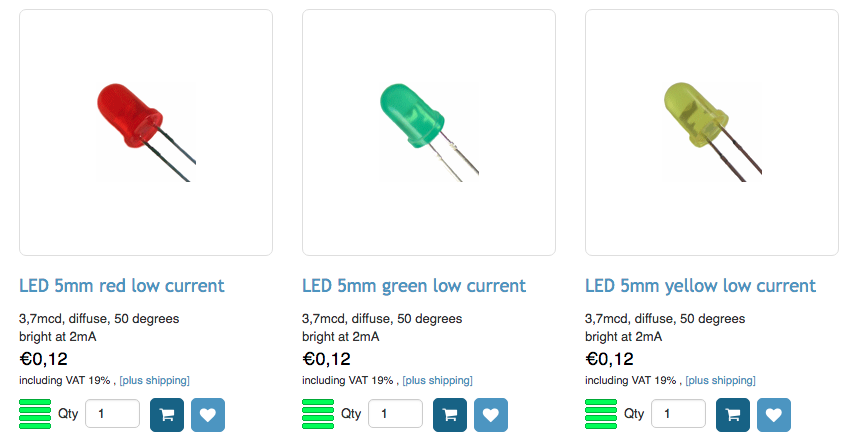Hi,
I built a Mic Mute pedal for Condenser microphones, and I used this circuit:

It works great, there's no pops or clicks when switching.
But as I use it in live sound on a stage I would like to have 2 LEDs, one red to indicate MUTE position and a Green one to indicate ON. I would like to draw power for the LEDs using the phantom power supply so that no battery or external supply is needed.
Whats are your advices on how to add the LEDs supplied by the Phantom Power without introducing Pops/Clicks when switching
the ON and OFF/MUTE?
Thank you so much for your help
I built a Mic Mute pedal for Condenser microphones, and I used this circuit:

It works great, there's no pops or clicks when switching.
But as I use it in live sound on a stage I would like to have 2 LEDs, one red to indicate MUTE position and a Green one to indicate ON. I would like to draw power for the LEDs using the phantom power supply so that no battery or external supply is needed.
Whats are your advices on how to add the LEDs supplied by the Phantom Power without introducing Pops/Clicks when switching
the ON and OFF/MUTE?
Thank you so much for your help
Last edited:









